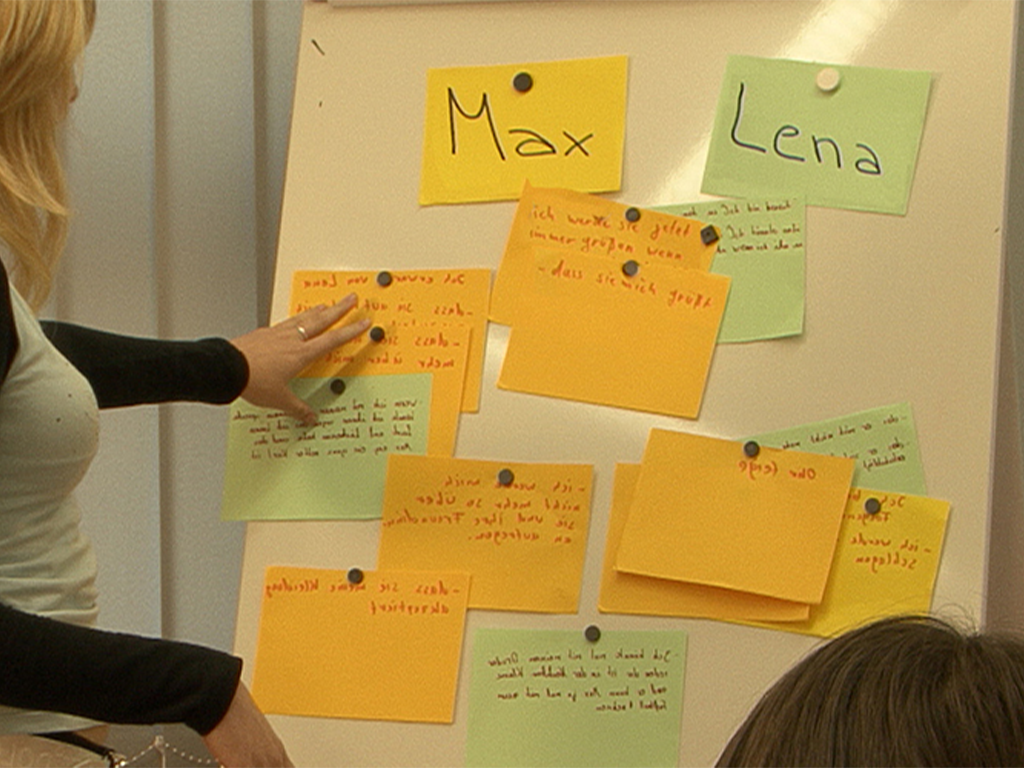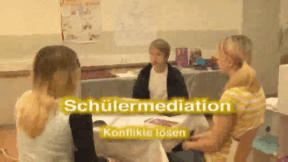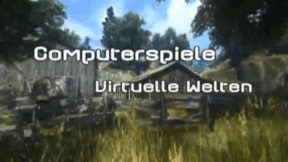 Economy, Politics / Civics
Economy, Politics / Civics


4675533 / 5563681
Sozialismus
Gleichheit, Solidarität, Gerechtigkeit?
Der Unterrichtsfilm beleuchtet die Grundlagen des Sozialismus, der als Gesellschaftsmodell auf Gemeineigentum und Gemeinwirtschaft beruht. Er hielt infolge der Industrialisierung als Gegenmodell zum Kapitalismus Einzug. Doch in den Ländern, wo sich der Sozialismus verbreitet hatte, erwies er sich als ökonomisch ineffizient und führte letztlich zur Einschränkung der menschlichen Grundrechte sowie zur Verletzung der Rechtsstaatlichkeit. Am Beispiel der DDR wird der der real existierende Sozialismus in all seinen schlechten, aber auch guten Facetten beleuchtet. Dr. Gregor Gysi, Dr. Wolfgang Thierse und Jörg Drieselmann geben authentische Einblicke. Prof. Dr. Hans-Werner Sinn nimmt aus ökonomischer Sicht Stellung. Ein Satz von Gregor Gysi zum Thema Deutsche Einheit macht nachdenklich: „Wenn man gesagt hätte, 90 % muss weg, aber zehn Sachen sind vernünftig, die übernehmen wir für ganz Deutschland, hätten wir eine andere Art der Vereinigung gehabt. Übrigens auch für die Westdeutschen, weil die Westdeutschen dann gesagt hätten: Dank der Einheit hat sich in diesen zehn Punkten meine Lebensqualität erhöht. So ein Erlebnis wurde ihnen nicht gegönnt.“ Gemeinsam mit dem didaktischen Begleitmaterial (klassische und interaktive Arbeitsblätter und Testaufgaben) ist der Unterrichtsfilm bestens zum Einsatz im Unterricht geeignet.
Play trailer

Curriculum-centred and oriented towards educational standards
Matching
Peer Mediation
Lena and Max attend the 7th form. Max is new in class. During a break, Max notices that Lena and her friend are laughing at him again. Max loses his temper! He slaps Lena in the face. That hurts and Lena runs back into the classroom with a red cheek. The growing conflict between the two has escalated. Just like Lena and Max, every day pupils all over Germany have rows with each other. At the Heinrich Hertz Gymnasium in Thuringia, pupils have been trained as mediators for years. At set hours, they are in a room made available by the school specifically for mediation purposes. The film describes the growing conflict between Max and Lena and shows a mediation using their example. In doing so, the terms “conflict” and “peer mediation” are explained in a non-technical way. The aims of peer mediation and its progress in five steps as well as the mediators’ tasks are illustrated. The art of asking questions and “mirroring”, which the mediators must know, is described and explained. Together with the comprehensive accompanying material, the DVD is a suitable medium to introduce peer mediation at your school, too.
Computer Games
This film covers the topic of computer games in a variety of ways and from many different angles. Apart from the fascina- tion of computer games for users, the historical development as well as the production of computer games are described. The established genres are introduced, the guidelines of the German BPjM are explained. In light of recent public discussions, a neutral overview of the pros and cons of playing computer games is given, and different kinds of player behaviour are outlined. In this film, the pupils will recognise many aspects of their favourite pastime that encourage an independent, constructive use of this medium and reinforce their media competency. The film and teaching material are very closely related to the real-life situation.









